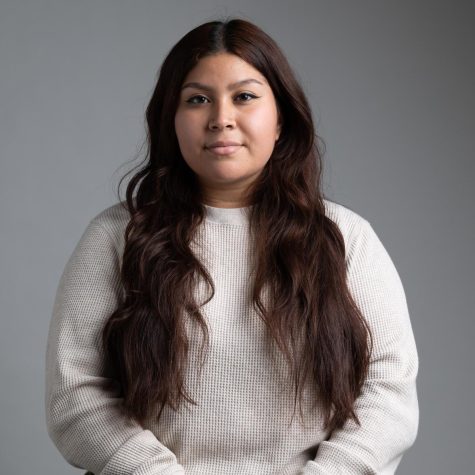



Public transit frequency decreased as a result of the pandemic and is slowly being restored.
December 12, 2022
The Bay Area is home to 27 different public transit agencies, and not all riders are completely content with their services.
Public transit decreased in service frequency due to a decline in riders amid the COVID-19 pandemic. But as the day-to-day returns to pre-pandemic normalcy, these services are slowly being restored.
Fifth-year computer engineering student Diego Cabrera has used Muni since high school. He hasn’t had many issues with the transit agency but has one critique: the frequency of buses.
“More accurate scheduling,” Cabrera said. “A lot of times I have to wait like 30 minutes just for the bus to get here and then sometimes they’re just right behind each other.”
On the other hand, third-year computer science major Diane Bilse has used Muni for about a year and has had a positive experience with frequency and nice drivers thus far. Though she feels the cleanliness of the buses should be improved.
“I’ve seen a lot of food waste being left around,” Bilse said. “I don’t know how often the metro especially is cleaned. The majority of what I see is coffee cups or wrappers.”
Public transit advocate Fern Hahn is one of the owners of @transitplant, a Twitter account that offers commentary and shares personal experiences of public transportation.
Hahn is a Bay Area native who used to live in the Oakland Hills. They first used public transportation after moving to Berkeley during high school. Hahn said it was a liberating experience.
“I was able to take transit instead of relying on getting rides from my parents or whoever,” Hahn said. “And I think that’s really what spurred my interest in transit.”.
But Hahn faced service line cuts firsthand.
“Ashby Avenue to this day has no bus service at all, which leaves a pretty massive gap in east-west bus service coverage,” Hahn said. “All the buses in that area are oriented north-south. And so if you live somewhere on Ashby Avenue, and you are trying to get to BART, you can’t really do that.”
Hahn reached out to AC Transit about this issue in January, but instead of bringing back that line, they increased the frequency on lines that were already running.
Cedar Makhijani, who also runs the @transitplant Twitter account, said there is overlapping service between agencies but isn’t planned in a functional manner for riders.
Makhijani became more interested in public transportation just before the COVID-19 pandemic hit.
Makhijani suggested that public transit agencies use dedicated funding out of general funds instead of having to depend on sales tax and fare revenue. They feel it should be treated as a public good.
“The change that needs to happen is that public transit and mobility need to be viewed as fundamental rights and not as like a handout or a social program because they benefit everyone,” Makhijani said. “They’re incredibly important tools in furthering or achieving equity.”
Some transit agencies try to get feedback from their riders. In November, BART conducted a survey asking riders to give their feedback on the possible addition of a sixth line and additional trains during evening service. Currently, there is a Parking Policy Survey that asks riders for their input on potential changes to parking fees. There is a chance to win a $130 Clipper Card for completing the survey.

